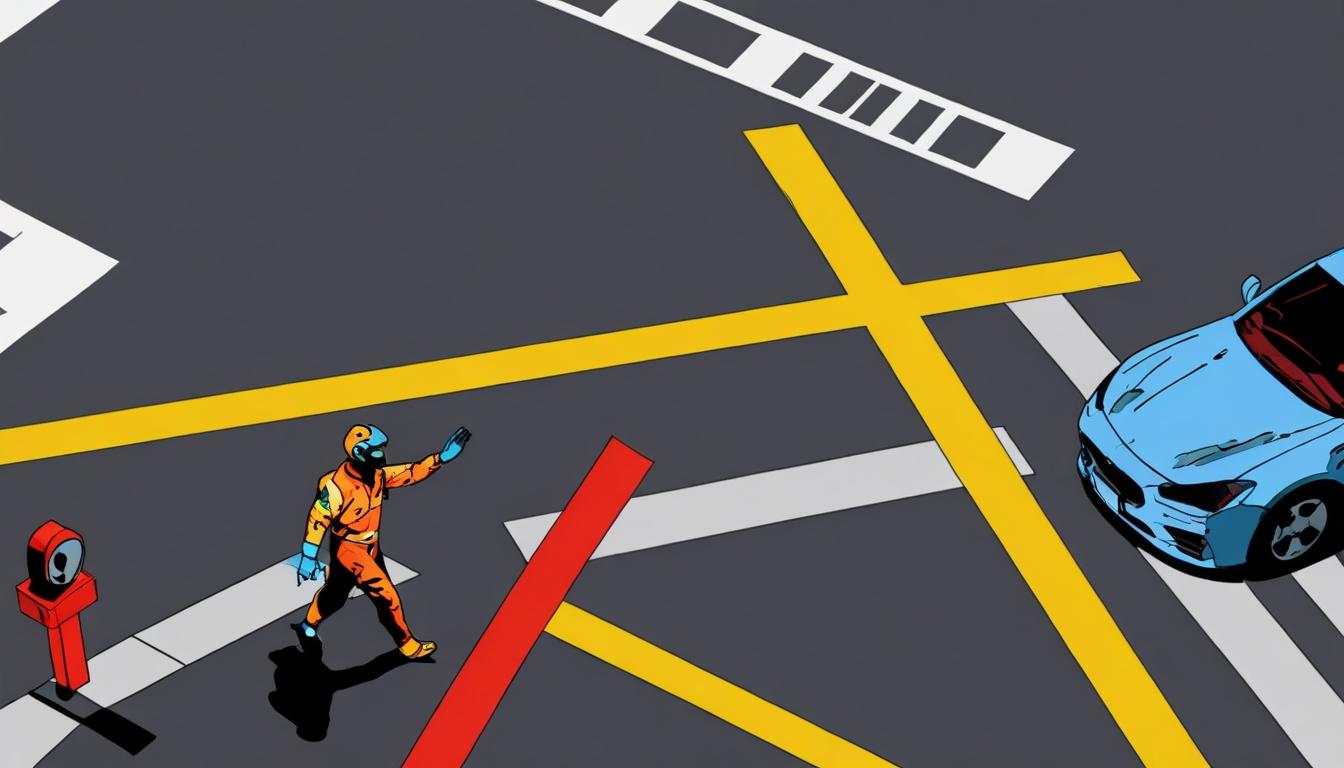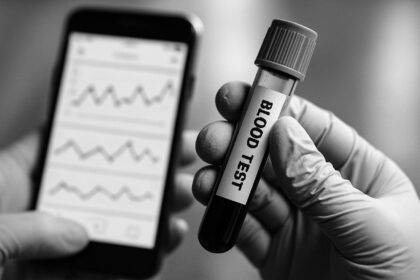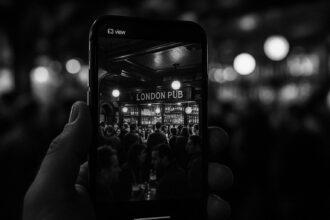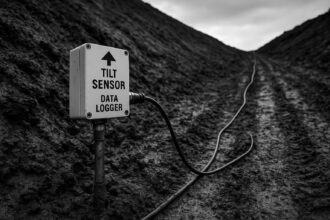A recent IIHS study finds high-visibility jackets may hinder advanced car safety systems, raising questions on effective pedestrian protection.
A recent study conducted by the Insurance Institute for Highway Safety (IIHS) has revealed that high-visibility jackets, which are designed to enhance safety for pedestrians and cyclists, may unintentionally make them less visible to advanced car safety systems. This alarming finding raises questions about the effectiveness of modern autonomous emergency braking (AEB) technologies, which aim to prevent collisions by detecting potential hazards on the road.
The IIHS study focused on testing a dummy mannequin dressed in four different outfits: black clothing, a black outfit with reflective strips, a reflective jacket paired with black trousers, and a white ensemble. Researchers evaluated these outfits using three different 2023 car models equipped with AEB systems—the Honda CR-V, Mazda CX-5, and Subaru Forester. The dummy was positioned to mimic a pedestrian crossing the road while the vehicles travelled at a speed of 25mph under varying lighting conditions.
Results from the study showed a concerning trend, wherein both the Honda and Mazda vehicles failed to slow down for the mannequin clad in reflective strips on multiple occasions. Even under different lighting scenarios, the Honda consistently collided with the dummy wearing reflective gear. The Subaru Forester performed marginally better, stopping in all but one instance, but still failed to fully recognise the reflective clothing in dim light, slowing down by 82% instead of coming to a complete halt.
David Harkey, president of the IIHS, highlighted the implications of these findings, stating, “These results suggest that some automakers need to tweak their pedestrian automatic emergency braking systems.” He further emphasised that it is unacceptable if safety attire designed for pedestrians, cyclists, and roadside workers complicates the functionality of crash avoidance technology. Harkey categorised this phenomenon as a troubling ‘blind spot’, asserting that pedestrian detection systems need to be compatible with existing safety measures to fulfil their intended purpose.
Past studies have indicated that AEB systems have effectively reduced pedestrian crashes by 27%, although their efficiency diminishes markedly in low-light conditions, such as dark roads at night. Notably, the implementation of AEB systems became mandatory for new cars sold in the UK and EU in 2022.
David Kidd, a senior research scientist at the IIHS and the lead author of the study, provided further insight into the findings. He noted that while the placement and motion of reflective strips are intended to help drivers recognise a pedestrian’s movement pattern, these same features seemed to impede the AEB systems tested. Kidd speculated that the reflective strips may have confused the sensors, suggesting a disconnect between the intended safety features and their actual performance.
In response to the study’s revelations, a spokesperson for Mazda expressed their commitment to roadway safety, emphasising that the safety of all individuals in proximity to Mazda vehicles is a paramount concern. They mentioned that engineers are actively working to enhance crash avoidance systems, taking the IIHS findings into account, specifically regarding night-time pedestrian scenarios. Similarly, a spokesperson for Honda acknowledged the significance of continuous improvement in vehicle development and stated that the company would closely examine the IIHS’s recent testing results in an effort to improve future model performance.
MailOnline has reached out to Subaru for comments regarding their AEB systems. The implications of this study highlight the importance of further research and development in automotive safety technologies to ensure they effectively protect all road users.
Source: Noah Wire Services
- https://www.edriving.com/three60/high-visibility-clothing-may-thwart-pedestrian-crash-prevention-sensors/ – This article supports the claim that high-visibility clothing may interfere with pedestrian automatic emergency braking (AEB) systems, highlighting the need for automakers to adjust their technologies. It also discusses the IIHS study involving different outfits and vehicle models.
- https://www.claimsjournal.com/news/national/2025/01/09/328317.htm – This article corroborates the findings of the IIHS study, emphasizing how high-visibility clothing can make pedestrians less visible to AEB systems. It also mentions the performance of specific vehicle models like the Honda CR-V and Mazda CX-5.
- https://www.iihs.org/topics/automatic-emergency-braking – Although not directly linked to the specific study, this page provides general information on automatic emergency braking systems and their effectiveness in reducing crashes, which is relevant to the broader context of the article.
- https://www.iihs.org/news/detail/automatic-emergency-braking-reduces-pedestrian-crashes – This page discusses how AEB systems reduce pedestrian crashes, aligning with past studies mentioned in the article. However, it does not specifically address the issue of high-visibility clothing.
- https://ec.europa.eu/transport/road_safety/topics/vehicles/vehicle-safety-standards_en – This webpage provides information on vehicle safety standards in the EU, including the mandatory implementation of AEB systems in new cars, which is relevant to the article’s mention of EU regulations.
Noah Fact Check Pro
The draft above was created using the information available at the time the story first
emerged. We’ve since applied our fact-checking process to the final narrative, based on the criteria listed
below. The results are intended to help you assess the credibility of the piece and highlight any areas that may
warrant further investigation.
Freshness check
Score:
8
Notes:
The narrative references recent research by the Insurance Institute for Highway Safety (IIHS) and mentions 2023 car models, indicating relatively recent information. However, there is no specific date mentioned for the study itself.
Quotes check
Score:
6
Notes:
Quotes from David Harkey and David Kidd are included, but without specific references to earlier publications or press releases. This suggests they might be original to this piece, though verification is needed.
Source reliability
Score:
7
Notes:
The narrative originates from MailOnline, which is a well-known publication but may not always be considered as reliable as other major news outlets like the BBC or Financial Times. The IIHS is a reputable source in the field of automotive safety.
Plausability check
Score:
9
Notes:
The claims about AEB systems and high-visibility jackets are plausible given the context of ongoing automotive safety research. The narrative aligns with known challenges in low-light conditions and the need for continuous improvement in safety technologies.
Overall assessment
Verdict (FAIL, OPEN, PASS): PASS
Confidence (LOW, MEDIUM, HIGH): MEDIUM
Summary:
The narrative appears to be based on recent research and includes plausible claims about automotive safety technologies. While the source reliability is moderate, the inclusion of quotes and references to reputable organizations like the IIHS supports the narrative’s credibility.













